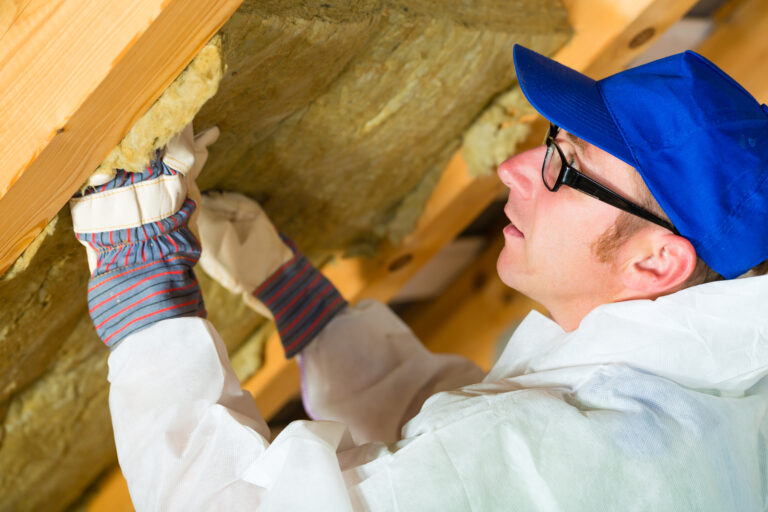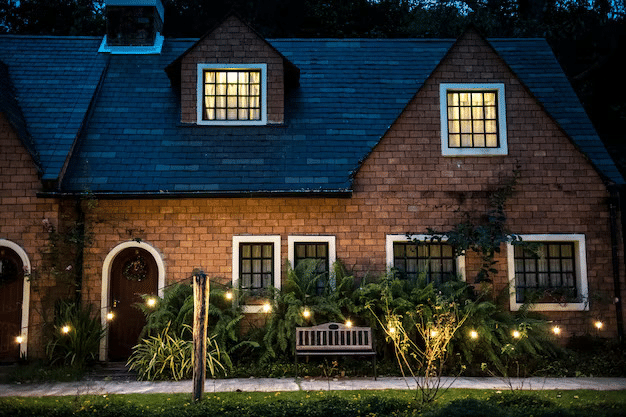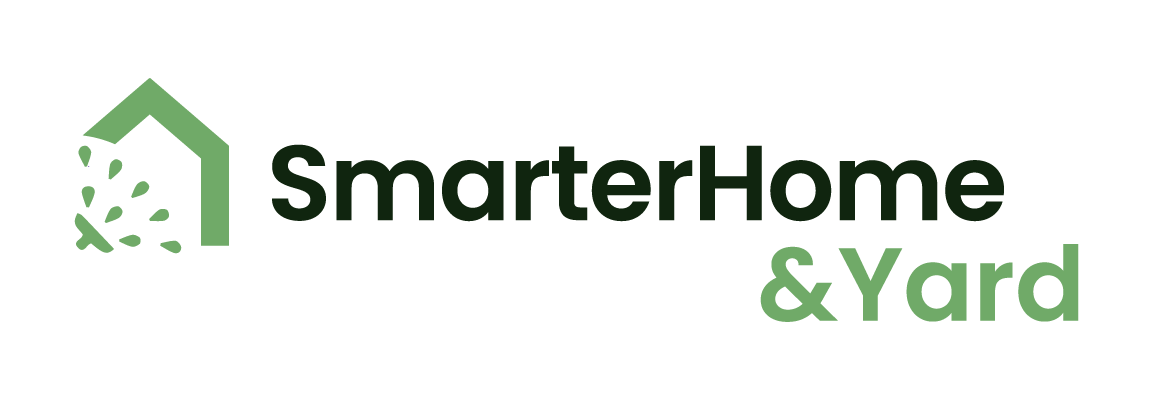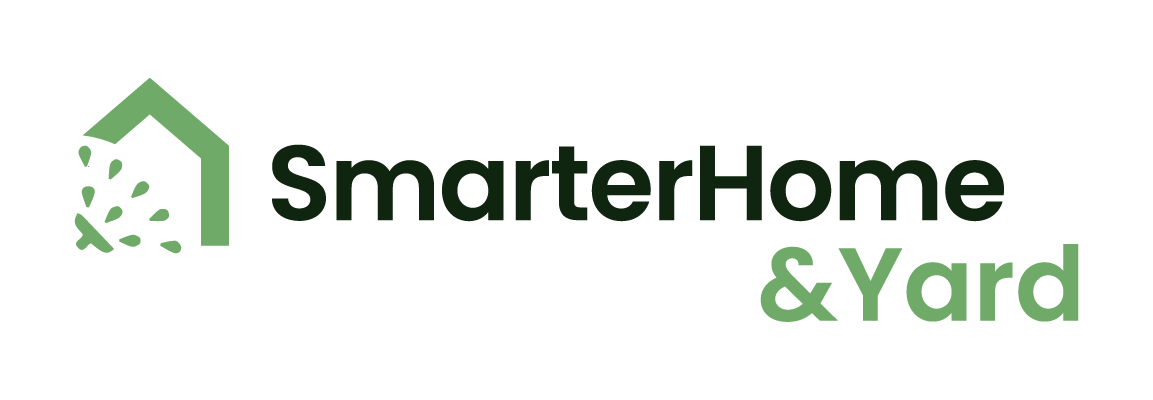8 Tips for Preventing a Termite Infestation in Your Home
Pepper Moran
on
2023-03-27
8 Tips for Preventing a Termite Infestation in Your Home
Termites are one of the most destructive pests that can invade your home. Not only can they cause extensive structural damage to your home, but they can also cause financial hardship if you need to hire a professional to treat the infestation. To avoid this costly situation, it’s important to take preventive measures to protect your home. Here are 8 tips for preventing a termite infestation.
Have a termite problem?
Enter your zip for local pest control services.
"*" indicates required fields
1. Eliminate sources of moisture in and around your home
Eliminating sources of moisture in your home is key to preventing and controlling termite infestations. Moisture is necessary for termites to survive, and they will seek out places in your home that provide the humidity and moisture they need. If you can limit the amount of moisture in your home, you can help prevent termites from settling in and causing damage. Fixing leaky faucets and pipes, using dehumidifiers, and using proper ventilation in bathrooms and other moist areas can help to keep the moisture levels in your home low and reduce the risk of termite infestations.
2. Keep mulch & firewood away from the foundation of your home
Mulch and firewood provide an ideal food source and habitat for termites, and they can act as a bridge that allows termites to gain access to your home. Keeping mulch and firewood away from your home would be a way of preventing a termite infestation. Additionally, keeping mulch and firewood away from the exterior of your home can help reduce the chances of termites finding their way inside.

3. Trim overhanging tree branches and remove stumps near your home
When tree branches hang over your roof, they can provide a bridge for termites to get into your home. These branches can also provide shelter and moisture for the termites. Removing the overhanging branches and stumps can help reduce the chances of termites entering your home. Additionally, dead tree branches can create an inviting environment for other pests, such as rats and mice. Removing the overhanging limbs and stumps can also help keep these pests away from your home.
4. Seal cracks and crevices in your foundation and exterior walls
Sealing cracks and crevices is an important step in preventing a termite infestation in your home. Termites often enter homes through small cracks and crevices, so sealing up those areas can help to keep them out. Sealing can also help to reduce moisture in your home, which is a major attractant for termites. It’s a good idea to inspect your home for potential entry points and seal them up regularly to prevent termite infestations.
5. Install an underground termiticide barrier around your home
Installing an underground termiticide barrier around your home is one of the most effective ways to protect it from termites. This barrier will create a chemical barrier that will prevent termites from entering your property and damaging your home. An underground termiticide barrier will also provide long-term protection from termites as the barrier can last for several years. Additionally, the barrier will also provide protection from other types of pests, such as ants and roaches, which can be just as damaging as termites.
6. Regularly inspect your home for signs of termite activity
Regular inspections can help you detect the signs of termite activity before they cause serious damage. Early detection and treatment can help you avoid costly repairs and structural damage to your home. Signs of termite activity may include: mud tubes on the exterior walls, hollow-sounding wood, visible damage to wood, droppings, and/or winged insects.

7. Ventilate crawl spaces and attics
Ventilating crawl spaces and attics helps to protect your home from termites because it helps to keep moisture levels in these areas low. Termites are attracted to moist areas and without adequate ventilation, moisture can build up in these areas, creating an ideal environment for termites to thrive. In addition, ventilation helps to reduce the temperature in these areas, which can also discourage termite activity. Proper ventilation also helps to prevent mold and mildew growth, further preventing a termite infestation and your home from potential damage.
8. Have your home inspected once a year by a professional pest control company
Regular termite inspections can detect any signs of infestation and help to identify any areas of your home that may be at risk for termite damage. Early detection and treatment are key to avoiding costly repairs due to termite damage.
Follow these 8 tips so that you can continue preventing a termite infestation and ensuring that your home remains termite-free. If you suspect you may have a termite infestation, or have noticed signs of termites, contact a pest control professional to help diagnose and treat the infestation right away. Taking preventative measures and being aware of the signs of termites will help ensure that your home is safe and secure from these destructive pests.
Find bed bug experts in Seattle, Washington
Enter your zip for local pest control services.
"*" indicates required fields

Is Termite Damage Covered by Home Insurance? What Homeowners Need to Know
Termites may be small, but they can cause big problems for homeowners. These sneaky insects munch away at the wood in our homes, causing damage

Can cockroaches cause property damage?
Can cockroaches really cause property damage? Learn the truth by exploring their habits, harm to structures, and contamination risks.

The Bed Bug Mystery: Finding Where They Really Come From
Learn how to prevent bed bug infestations and keep your home bed bug free! Become a bed bug detective with practical tips and insights.



